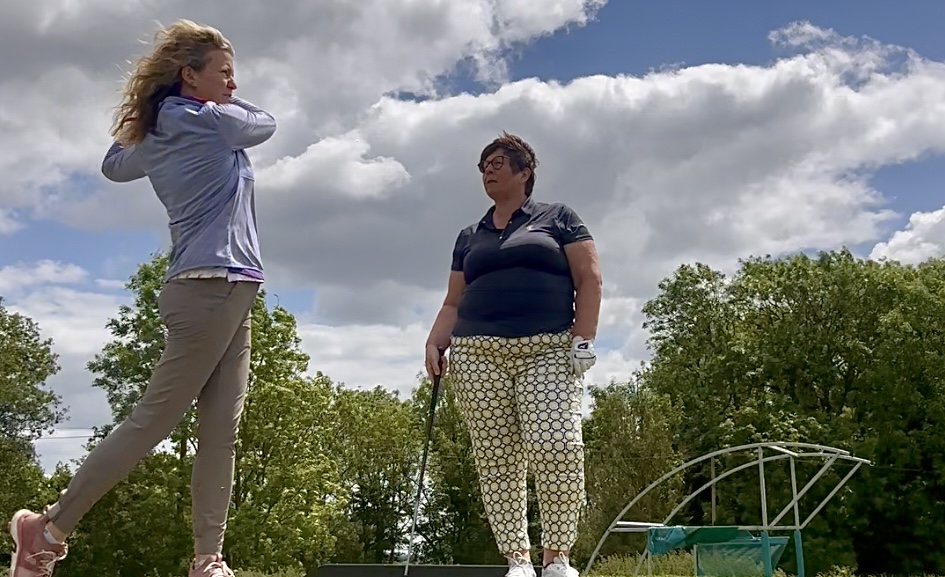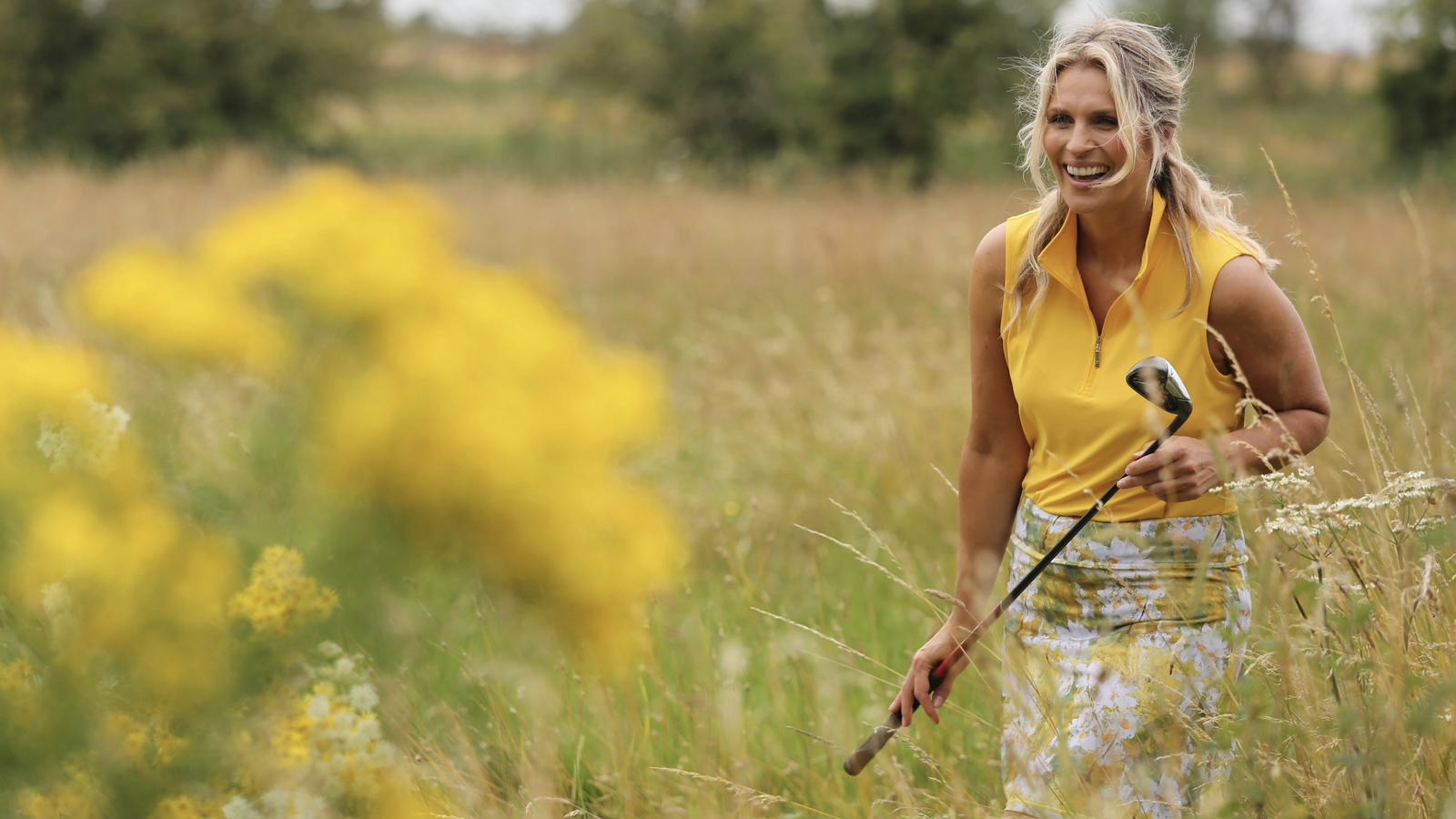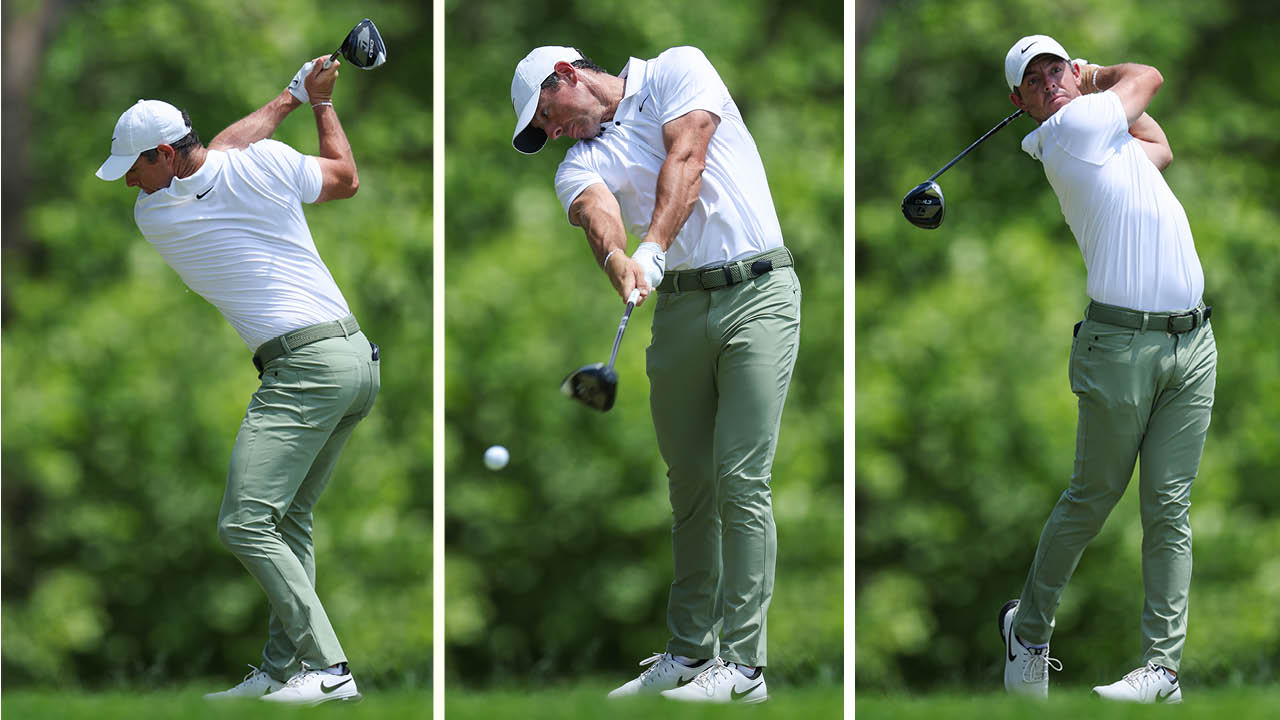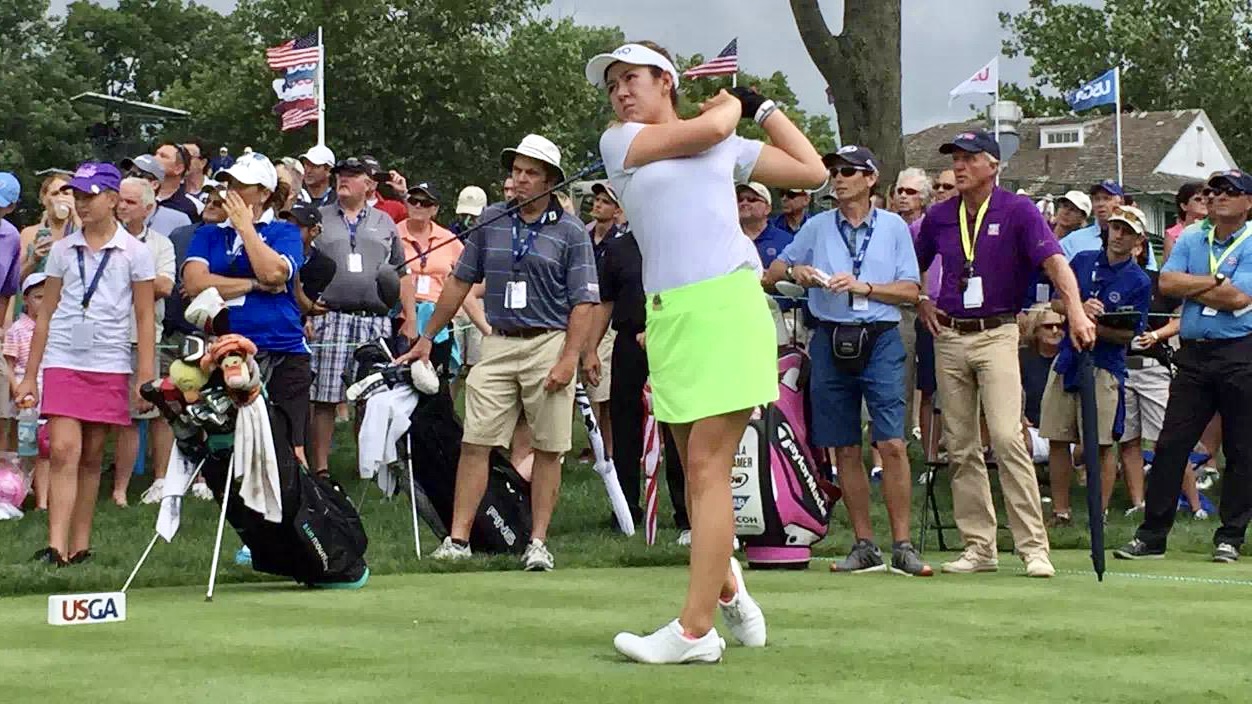
Finding your game in a slump yet knowing you have the golf coach who will lift you back up into your happy place is golden. Yet finding the right coach who approaches your golf in the right way for you is tricky.
In my 25 years of coaching I’ve noticed there is a difference in how women want to be taught (as a general rule). They like to talk through their faults and react well to visual aids and practical analogies. The men I coach initially tend to think they want more technical information, very often the simpler approach leads to greater strides in their golf. They want to hit more balls and stay active rather than chat.
So is it a sweeping statement to say women want golf kept simple? Maybe. It’s well documented that there are some differences in how men and women learn. Our brains are wired differently. Men perform motor skills better and yes, they read maps better for good reason. Women are more intuitive and understand their swing’s logical connections better.

My experience has taught me that women have to relate to what I’m coaching and often we use other sports or thoughts to have maximum effect. Is there such a thing as too technical? According to experts, men can handle more technical information, whereas women are better applying simple instruction without overthinking.
Once the golf swing is understood and instruction is received, women want to see results without spending as much time as men pounding balls on the range. So yes, we learn differently, but does your coach take into account your brain and how YOU learn? Do they adapt the coaching to who you are?
There are a lot of coaches out there with a lot of different approaches. Many focus on technique alone and are abundant on the information the student receives. Some integrate mindfulness, motivation, and adaptability. Have a think for a moment. What approach does your coach have? Could 2025 be the year you switch it up and see results? Do you need more information or less?
The language and explanation used by the modern golf coach has seen huge leaps in the understanding of how a golfer swings a club. The ‘perfect’ movement is sought after like a holy grail. When the club is swung correctly, a player can maximise their potential, but is this feasible? Is it physically possible?
I’d also ask, have we gone too far? There are plenty of golfers out there who love to get down to the nitty-gritty and learn every element, technicalities of the movements that result in the perfect strike and the perfect swing. But are we as coaches missing the actual human being standing in front of us?

Golf lessons are an investment and they can be intimidating. Add to this a vast amount of jargon and technical instruction and the likelihood is that the lesson doesn’t help that golfer, it simply confuses them. The wrong approach for that golfer can often spark anxiety and drive them back into the world of YouTube. We need to set them at ease and learn who they are before deducing the right approach to that lesson.
I coach many players who have been given too much information and they think about every single movement, trying to replicate a better movement each time. Many women I coach prefer to have the golf swing explained to them with common sense at the top of the list. They want the ‘less is more’ approach and want it to be relative to them.
Golfers want to know what they are doing wrong, why it is happening and how they can fix it. But interestingly, for many female players, their biggest request is not to have too much to think about. The key to effectively improving their golf is to find the root cause of their swing fault. This fixes not just the fault but fires a chain reaction that sets them on a better swing path and increases power. Less really can be more.

Many pupils want to understand every move they’re making. This is fine and everyone learns differently. I use the analogy of running up a flight of stairs and thinking about which foot you place in front first and how the hips and arms are moving, adding to the action. You’d end up in A&E! Yet we try and think about so much in the golf swing. The importance is to focus on a particular move and introduce a drill to improve that move. More often someone is attempting to tap their head, rub their stomach, hop up and down on one leg and hit a golf ball. It’s hard to think and do.
Almost every week I encounter a pupil who has piled head first into YouTube, but they have become bamboozled with information that isn’t relevant to their physical makeup. Women turn up for lessons telling me about which positions they need to improve in the swing.
The ‘Positions’ approach was originally devised by the legendary coach Mac O’Grady. A fascinating PGA tour winner, Mac delved deep into his own swing, some would argue too deep. He came up with the MORAD system based on male professionals as models. Hogan, Nicklaus, Snead etc. M.O.R.A.D stands for McCord O’Grady Research and Development. Positions 1-10 are checkpoints for the perfect action. But isn’t it time that there were positions relevant to women’s bodies?

Erika Larkin, voted Golf Digest’s No 1 coach in Virginia, USA, since 2014, teaches the pendulum motion, which promotes better weight shift. She does so in a simplistic way using visualisation and I believe this approach works for so many female golfers. She gets golfers hitting those 'Ps' without mentioning them.
Today’s golf coaches are extremely knowledgeable on every area of the swing - but just because we know it, this doesn’t mean that the person in front of us needs to know it. I’m a firm believer that we must adapt our teaching style and improvement plan to the pupil.

I’ve watched incredible coaches such as Shawn Callahan, who worked with Inbee Park for 6yrs, as well as many players Butch Harmon worked with including Se Ri Pak and Tiger. By observing coaches I learnt amazing ways to communicate information.
You can say the same thing 20 ways, but one of those ways is just right for the golfer in front of you to improve and catch onto a great movement. A more solid set-up and one swing thought is the recipe that works for tour players. Yes, there are so many positions the players are hitting, but they aren’t aware of them as they swing. If they were, they’d lose their ability to physically connect consistently to the back of the ball.

Callahan says, “Women are generally more receptive to advice in a learning environment, they are more feel orientated. There is a level where you get too technical, many of the top players in the world will admit, just going in too deep when it comes to information about how they swing it.
“Often those players lose the plot as well as the form as they start to tinker too much with the nitty-gritty elements of the golf swing. What I’ve learned from working with great coaches like Butch and Mike Adams etc is to find the biggest cause of the fault in the swing and offer one thing that’ll improve the ball flight. That’s one swing thought to fix the problem.”
Callahan and I agree 100% on this. We also agree on working with the physical ability of the player. TPI, the organisation dedicated to the study of how the human body functions in relation to the golf swing, has been a brilliant way for golfers to really unlock their limits and work on areas of their fitness that simply release their true potential as golfers, often without stepping onto the practice ground.
So, women swing differently to men, we also learn differently to men because we are different! But are we being coached differently? We all have our own styles and react to different approaches when it comes to coaching. The real question is “Are you being coached in the best way for you?” If you’re currently being strangled with detail and stifled by overthinking maybe it’s time to embark on a more holistic approach to improvement. Find someone who will connect with who you are and work on your strengths. Maybe 2025 is your year to shine without umpteen swing thoughts, or maybe you need to add a few Ps into your pot.







